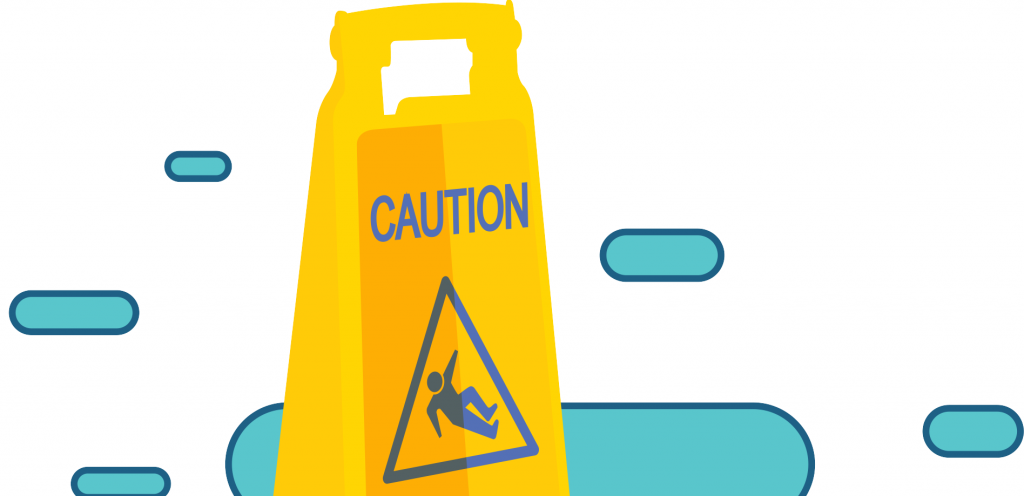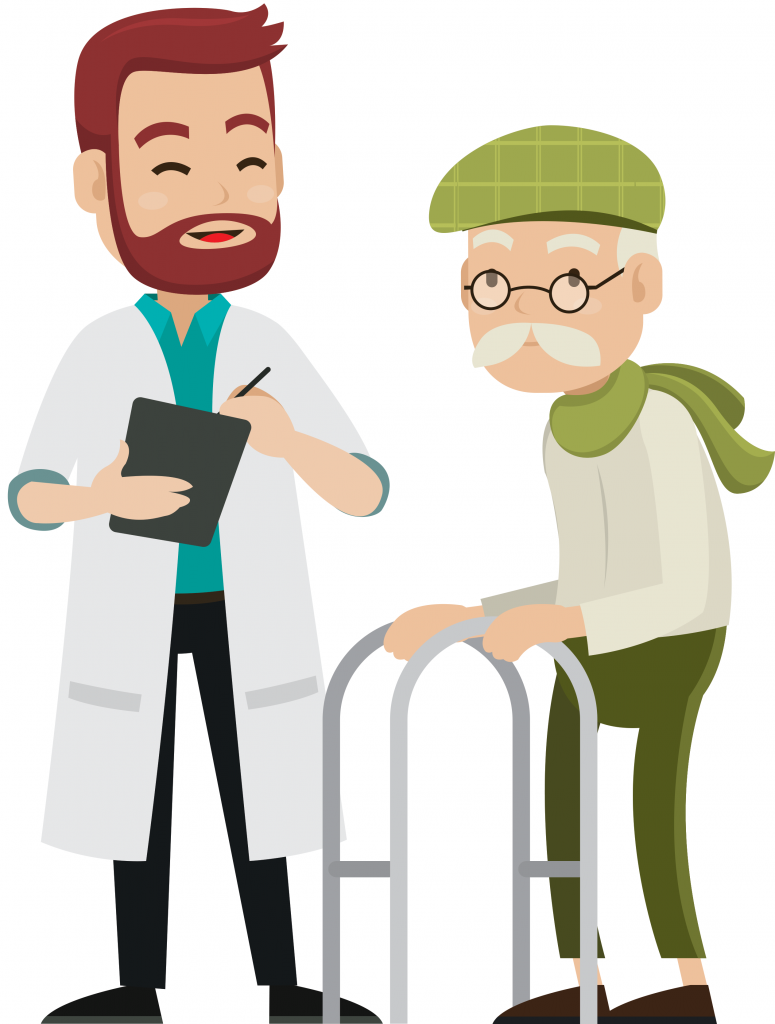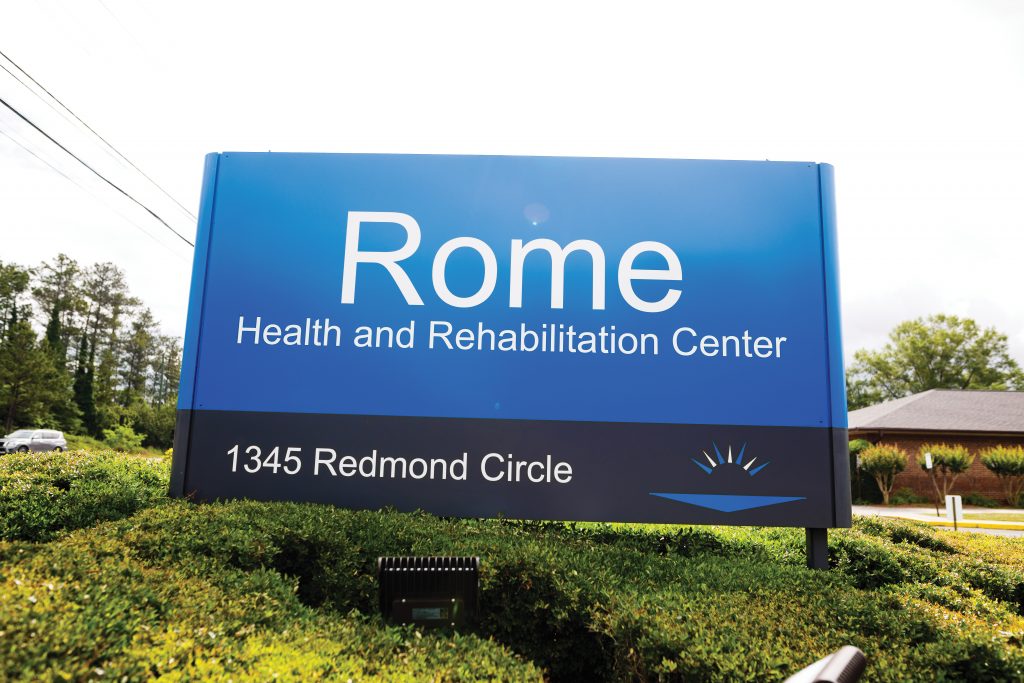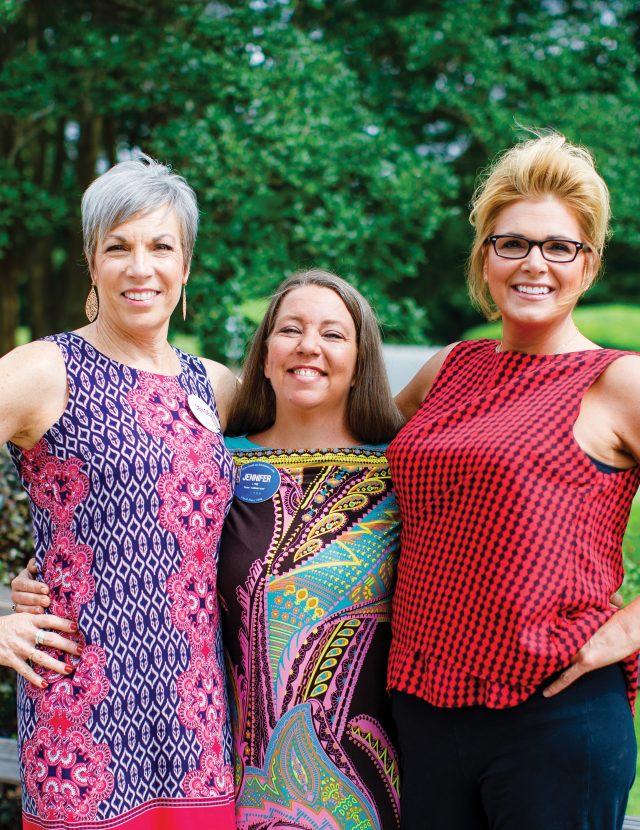
Text by Michael J Simmons, MPT
In the 2005 movie Batman Begins, a young Bruce Wayne (aka Batman) and later an older Bruce Wayne, is asked on two separate occasions, “Why do we fall?” The answer given by both inquirers is “So we can learn to pick ourselves up.” Although this exchange was meant to inspire the character to persevere amidst failings and continue to strive to achieve, one can see the multitude of instances in the span of a human life where this applies.
As a Physical Therapist who practices in the Long Term Care/Skilled Nursing Facility environment, my role in this context is geared primarily towards facilitating an individual’s ability to achieve and maintain biomechanical or physical balance. Throughout the course of my practice, I have often presented this very question to many of my patients. My goal being to both inspire the patient despite the impairment(s) they are suffering that brought them to my facility with the need for physical rehabilitation in the first place, and also facilitate understanding to the patient that the act of falling and learning to pick yourself up are normal and innate. Albeit, this physical process does indeed become more difficult as we age. Yet, it is instinctively engraved by design into our ability to survive and thrive as the apex species of this planet.

By design, the human body is a magnificent and amazing biomechanical organism that, whether by evolution or divine creation, was made specifically to perform and achieve task success by establishing and maintaining “balance” in the ever present interactions of the Earth’s physical forces, primarily gravity. In my professional world, balance is defined as the human body’s ability to maintain its center of gravity over its base of support (COG/BOS). Simply put, it is the ability to keep your body mass over and between your feet. Indeed, the human body is designed to continuously modify its posture and positioning in space via concurrently acting muscle groups providing controlled action and stability throughout various skeletal joint ranges of motion while integrating various sensory systems in order to allow for variable motions performed at varying velocities spanning three planes. All of this while maintaining the ability to right oneself and prevent a loss of balance and fall. This is observed in varying extremes as witnessed in the practice of Tai Chi, a slower and more controlled ability, as compared to the “ninja-like” maneuverings of an individual slipping and sliding on a sheet of ice and righting themselves. However, despite all of the human body’s wonder, we all fall down, and unfortunately, traumatic injuries can and do occur as a result. Although, it could be argued that the act of falling does not cause injury. Indeed, is it not the actual landing, the sudden stop, that causes injury? Yessir, gravity is a …! That being said, as a PT, I struggle to find ways to better control or soften an individual’s landing. However, there are interventions at my disposal to help patients improve their balance and help prevent falling in the first place.
In understanding fall prevention and fall recovery, one must keep in mind the various systems at play. As previously mentioned, muscle groups in balance and muscle flexibility acting upon available skeletal joint range of motion, in coalition with the bodies proprioceptive sense to determine the varying environment under our feet, as well as our vision and our inner ear vestibular sensory mechanism that assist in determining spatial and postural awareness all work together in unison to allow an individual to establish and maintain balance at any given moment. That being said, it is easy to understand, that diminishment in one facet will lead to compensatory difficulties in the others and compromise the motion effectiveness and efficiency of an individual leading to balance deficits and the increased risk for falls with potential traumatic secondary injury. It is safe to say that falls primarily account for or play a secondary role in most patients who enter my facility to receive physical rehabilitation. Whether the fall was the chicken and resulted in a traumatic injury, or the fall was the egg and a secondary result of a primary onset of some other medical malady, a resultant impairment in an individual’s balance is typically experienced and requires some intervention to facilitate improvements allowing the patient to return to an improved quality of life. What is important to realize here is the devastating role that falls play in the aging population.
Approximately two thirds of fall victims suffering a hip fracture in the geriatric population will discover little to no improvements or “worse” in the span of a year. What this means is that these individuals will either never return to the level of functioning they were performing at, or they will leave us all together as a result of succumbing to other comorbidities or secondary medical complications and an inability to persevere. That leaves approximately one third of that same demographic showing a return to a prior level of functioning and quality of life. Those individuals who are lucky enough to not have suffered a hip fracture as a result of a fall, but suffer some other fracture or injury still incur a difficult rehabilitation and a strong possibility of never returning to a prior level of functioning, but to a level of functioning requiring compensatory or adaptation strategies and/or assistive devices to return to a more normal level of functioning. Likewise, the financial expenditure to manage and treat falls and the secondary complications as a result are significant, staggering, and at times can be crushing to a patient and their significant others. In consideration of all of this, we all must as human beings stay real and understand that these systems we utilize to maintain balance typically will diminish as we age, and our risk for falling becomes a significantly greater threat as we do so. But all is not lost. The human body is genetically predispositioned to try and heal and improve its systems, and will work to do so in most instances given the opportunity and the right stimulus barring any progressive and deteriorating comorbidities or conditions. What remains is what can be done to improve an individual’s odds of preventing a fall or restoring an individual’s stability following a fall. This process is facilitated by both the patient and the physical therapist.
First and foremost, it is important for us as individuals to remember and continuously remind ourselves that ultimately as we age we will become a byproduct of the level of effort we invest. Meaning, if we choose to live a relatively sedentary lifestyle, we can almost certainly expect to suffer a degradation in our ability to functionally perform tasks with a high degree of stability and with a minimal fall risk. Stay active! Exercise! Remain flexible! Reasonably challenge yourself ! These things are within most individual’s capacity. Try to recognize certain warning signs that present themselves in situations where an individual’s balance systems become more challenged. These may be things such as new onset of dizziness or sometimes nausea during mobilities and activities where there was none in the past; if your senses are telling you that you don’t feel stable; if you struggle to participate in activities you are accustomed to due to an ever increasing fear of falling; if you’re feeling less safe moving in your home environment or you find yourself “cruising” or reaching for objects more frequently to feel safe; or if you experience frequent episodes of balance loss, stumbling, or falls.
In instances leading up to and/or following a potential fall, a Physical Therapist can intervene to help assess and improve an individual’s stability and minimize their fall risk. A PT does this by working to restore more normal (if not normal) muscle strength/endurance, flexibility, and concurrent muscle balance, skeletal joint mobility, stability, and available range of motion such that it becomes biomechanically possible to improve more normal posture, positioning, and improved COG/BOS relationship. Likewise, a PT can utilize learned techniques to potentially improve certain syncopal events brought on by inner ear or vestibular issues. The PT can safely engage a patient in higher level physical activity, requiring higher degrees of static or dynamic stability, incurring an elevated risk for falls in an effort to challenge the body’s multiple biomechanical and sensory balance mechanisms, and progress these towards improvement while maintaining a safe environment and keeping the patient free from falling such that the risks versus reward curve trends positive toward patient restoration and minimization or elimination of future falls. The sooner that either a perceived or observable balance deficit is recognized and addressed, the more favorable are the odds that a fall will not occur and an individual can maintain a higher level of safe and stable functioning. Likewise, the PT can assist in making and recommending environmental modifications and adaptations to improve the safety of your home in an effort to minimize obstacle negotiation and improve adaptive strategies.
So, as you continue to live life, stay active, yet pay attention to what your body is telling you. Pay attention to increasing difficulties in mobility that you are typically used to performing. Pay attention to any changes in your body’s “senses.” We as individuals must act sooner than later, and seek a physician’s guidance to refer us to a PT or appropriate medical professional as needed in an effort to maximize our biomechanical and physical potential. And “So we can learn to pick ourselves up.” Indeed, is this not the reason we fall?
1345 Redmond Circle
Rome, Georgia 30165
https://www.savaseniorcare.com/rome-health-and-rehabilitation-center












